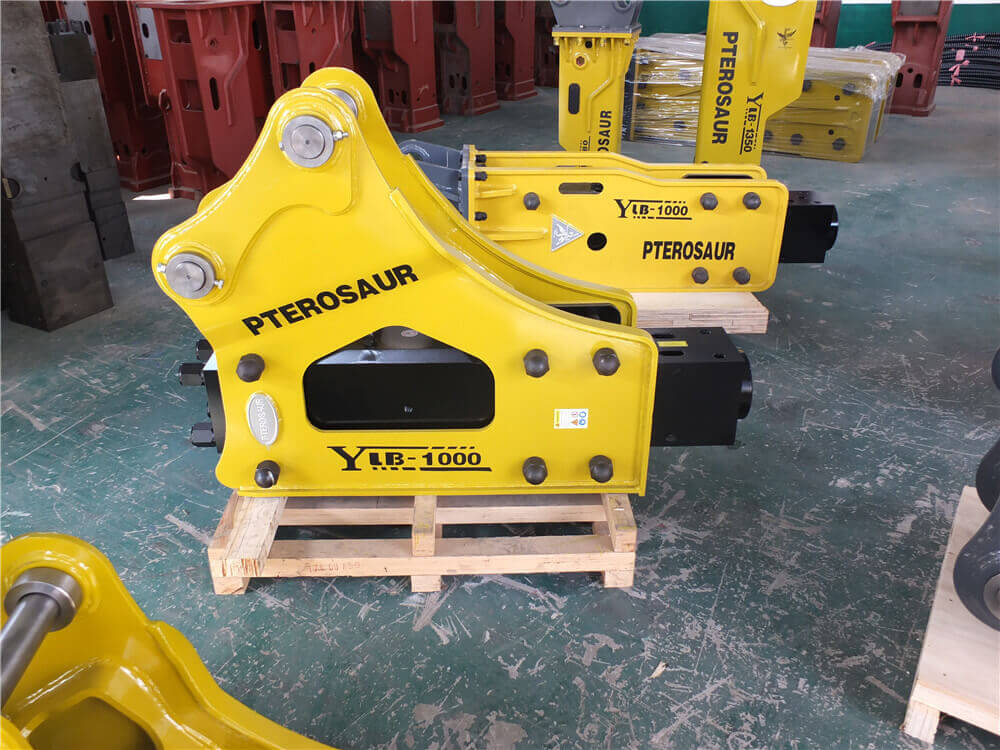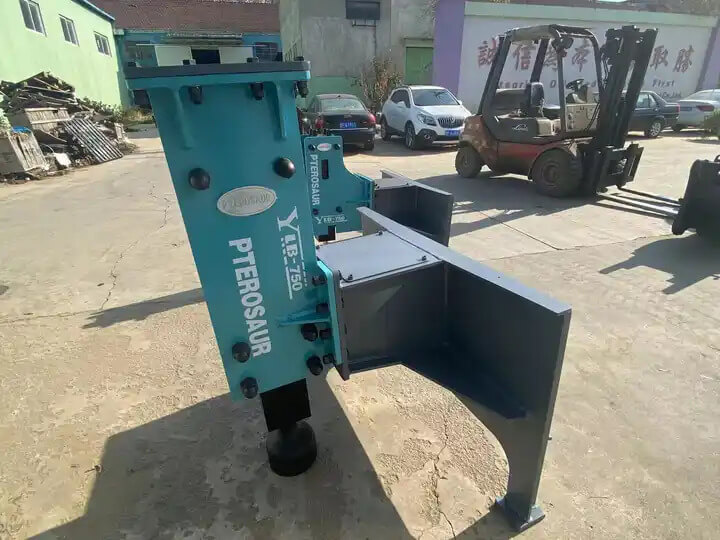Understanding Bit Breakers and Their Adapter Plates: Essential Components for Drilling Operations
In the drilling industry, efficiency and reliability are paramount. One essential tool that significantly enhances these aspects is the bit breaker, along with its crucial accessory – the bit breaker adapter plate. This article delves into the functionalities and specifications of these components, particularly focusing on the various models and their applications in drilling operations.
What is a Bit Breaker?
A bit breaker is a specialized tool designed to facilitate the attachment and detachment of drill bits from the bottom of the drill string. It plays a vital role in preventing drill bits from falling into the wellbore during operations. Typically, bit breakers are manufactured with a supporting base, pins, and a back plate. This construction ensures that they can handle the stresses and strains of drilling, making them indispensable in oil and gas exploration.
The Role of Bit Breaker Adapter Plates
Bit breaker adapter plates are integral to the functionality of bit breakers. These plates are specifically designed to fit into the master bushing drive pin holes of drilling equipment. The standard size for the square hole that accommodates bit breakers is 13 9/16 inches. This dimension is crucial as it ensures compatibility with various master bushing models including MPCH, MSPC, MDSP, and MSP.
Key Features of Bit Breaker Adapter Plates
-
Compatibility: Bit breaker adapter plates are crafted to suit different master bushings, providing versatility across various drilling rigs. The commonly referenced model numbers include P/N 1815 and P/N 1816, with P/N 1815 specifically designed for 17 1/2 inch bits.
-
Precision Engineering: Each adapter plate is meticulously designed to ensure a precise fit. This precision is vital for maintaining the integrity of the drilling operation and preventing any mishaps.
-
Material Composition: Adapter plates are often made from high-grade alloy steel, which enhances their durability and resistance to wear and tear, thereby extending their operational lifespan.
-
Ease of Use: The installation process of bit breaker adapter plates involves fitting them into the drive pin holes of the rotary table bushing, allowing for quick and efficient changes during drilling operations.
How Do Bit Breakers Work?
The operation of bit breakers is straightforward yet effective. The supporting base of a bit breaker features four corners equipped with through holes for pin installation. These holes align with countersinks in the drill table, allowing the upper part of the pins to fit securely into the designated pin holes. This configuration stabilizes the bit during operations, ensuring that it remains securely attached to the drill string.
Tricone Bit Breakers
Tricone bit breakers, a specific type of bit breaker, can also be utilized in drill tables equipped with pin drive bushings. By using a square back plate and pin on the supporting base, these bit breakers enhance the flexibility and efficiency of drilling operations, making them suitable for various drilling environments.
Conclusion
Bit breakers and their adapter plates are essential tools in the drilling industry, significantly improving efficiency and safety during drilling operations. With their robust design, compatibility with various master bushing models, and ease of installation, these components play a crucial role in the success of drilling projects. For those involved in oil and gas exploration, understanding and utilizing bit breakers and adapter plates is fundamental to achieving optimal performance in the field.
Whether you are looking to upgrade your drilling tools or simply want to understand more about the equipment you use, recognizing the importance of bit breakers and their adapter plates will undoubtedly contribute to your operational success.



































